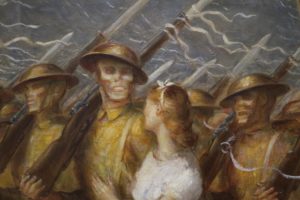
Literary reputations come and go, rise and fall like food fads and fashion. Marjorie Pickthall – once so highly regarded that she was considered the best Canadian poet of her generation – is now mostly forgotten.
Pickthall was something of a child prodigy. At 15, she sold her short story “Two-Ears” – about an Iroquois boy who wants to prove himself a warrior – to the Toronto Globe for $3. Her poetry and prose were generally well-received and her reputation grew.
Anne of Green Gables author L.M. Montgomery’s wrote “….her death was a woeful loss to us….I love and reverence the artistry of her verse….”
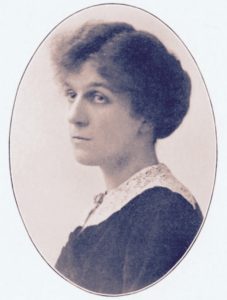 Part of her popularity was due to her rejection of modern verse which earned her a conservative following. She was also a safer and more genteel alternative to some of the popular verse of poets like Robert Service.
Part of her popularity was due to her rejection of modern verse which earned her a conservative following. She was also a safer and more genteel alternative to some of the popular verse of poets like Robert Service.
Born in Victorian England she grew up in conservative Toronto. Her middle class upbringing together with the conventions and expectations of her readers, reviewers and critics seem to have trapped her as a poet. Her development as a distinctive and modern women’s voice was delayed. Her premature death in 1922 at the age of 38 silenced her voice and sealed her reputation.
Her early work was acclaimed by readers, reviewers and critics. Reading it now it seems so dated in its nineteenth century sentiment and religiosity. It certainly didn’t challenge poetic conventions. I haven’t read much of it, but her later work is said to show her struggling with these respectable and patriarchal norms and indicate the emergence of a more distinctive voice. Whatever the facts, it is clear that Pickthall had a gift for verse in the Victorian romantic tradition.
Pickthall’s health was fragile but nonetheless she travelled and worked and wrote prolifically – poetry, prose and essays. She was living in London when the war began. Appalled at the loss of life – and wanting to contribute to the war effort – she trained as an auto mechanic. When she failed to find a position as an ambulance or truck driver, she enrolled in a gardening course and worked as a market gardener. The essay she wrote about that experience “Women on the Land in England”. does not seem to be available anywhere online, which is a pity.
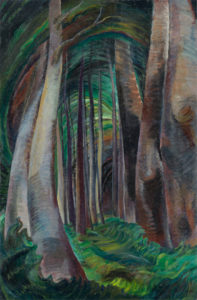
Wood Interior, 1932–35
Pickthall was best remembered for her poetry which was often seen as sweet and spiritual – a sentimentalizing that was not borne out by her life or her prose. As always, the truth of her personal and literary story is far more complex.
Here’s “Marching Men” – one of few poems still found in anthologies. The religiosity may sound alien to a modern ear but by equating the lives of soldiers with Jesus Christ she attempts to give spiritual meaning to the soldiers’ deaths as well as to the pain inflicted by their suffering and sacrifice.
Marching Men
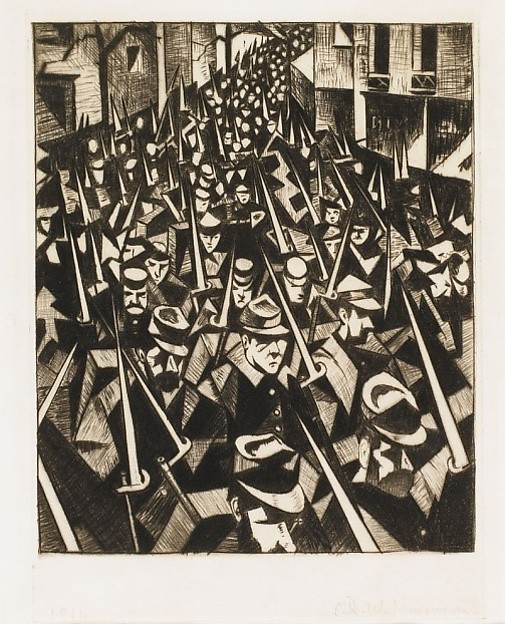
Christopher Richard Wynne Nevinson, 1916
At the start of the war Nevinson had aligned himself with the Italian futurists who celebrated the mechanized modern world and embraced its violence and speed. Unable to enlist for health reasons he served as an ambulance driver where he saw first hand the impact of the machines of modern war on the human body. It changed his view. His war paintings often showed soldiers reduced to inhuman angular planes and geometric shapes.
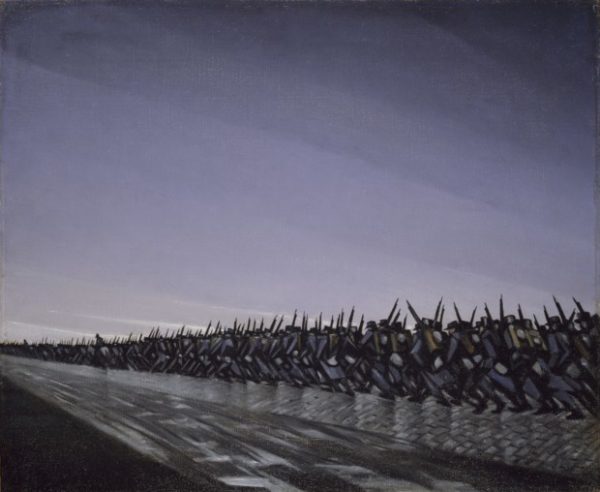
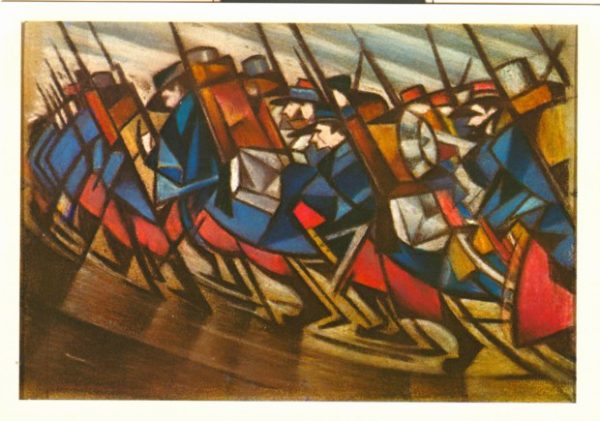

John Nash was appointed as an official war artist in April 1918 following vigorous canvassing by his brother Paul. British soldiers march alongside two helmeted French officers on horseback wearing dark blue cloaks. The 45 mile road between Bar-le-Duc and Verdun was the most important route in and out of the Verdun salient. It became known as the Voie Sacrée, or Sacred Way.
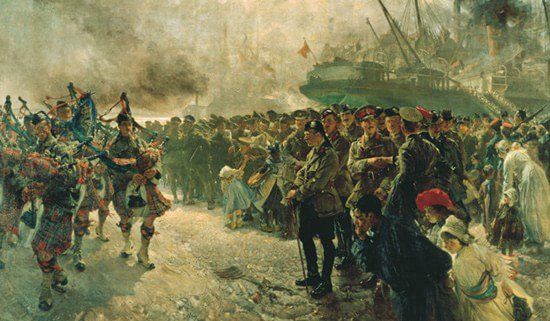
This more conventional painting was commissioned by the Canadian War Memorials Fund. It shows the arrival of the first Canadians in France in February 1915. There’s a steamship in the background and the Black Watch pipe the men ashore. The painting is now in the Senate Chamber in Ottawa.
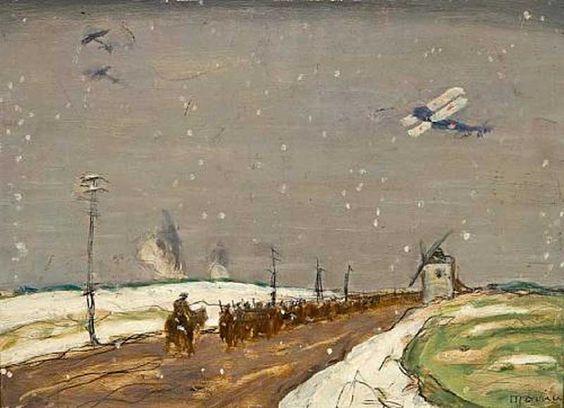
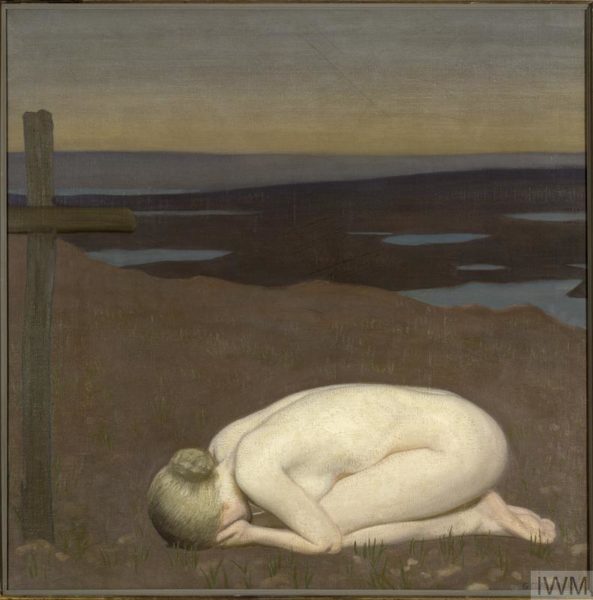
Flooded shell holes and craters are the background for a figure – a naked woman hunched and kneeling before a wooden cross marking a grave. It’s a powerful contrast. This solitary figure personifies human vulnerability and the depth and desolation of grief. The battlefield is empty and barren.
Clausen was led to paint this powerful allegory of grief by the death of his daughter Katharine’s fiancé in 1915. He was Second Lieutenant Payne who had joined the Artists Rifles as a private in August 1914 – a swimmer, a boater and an accomplished cellist who wanted to be an architect. He was commissioned in January 1915 and serving in the Highland Light Infantry when he shot by a sniper at Neuve Chapelle on 12 March 1915.
His father wrote to the War Office requesting details of the circumstances of his death. Lieutenant-Colonel Hill of the Highland Light Infantry wrote to Mr Payne:
‘Your son was shot at about 6 am in the head and killed instantaneously whilst looking over the parapet of the trench in which he was with his company.’
The manner of his death, perhaps, reveals his inexperience, for he had only just arrived at the Front. Lieutenant-Colonel Hill added:
‘He had not been long with us, but had endeared himself to all who knew him. He was a capable & zealous officer whose early death we deeply deplore’.
The war diary of the 1st Battalion the Highland Light Infantry (WO 95/3929/1) records a day of intensive fighting on 12 March 1915, close to Neuve Chapelle. The battalion suffered heavily throughout the day:
‘A very misty morning. German attack at dawn preceded by heavy artillery bombardment for 1/4 hour overhead.’
Geraint was killed, probably by a lone sniper, at about this time, but fighting continued throughout the day:
‘The casualties during the afternoon were heavy, bringing the total for the day to eight officers killed, four wounded, and nearly two hundred and fifty rank & file killed and wounded. Killed: Lieuts MACLEAN & EVERARD, 2/Lieuts PAYNE, COX, CLAGUE, CLOSE. Wounded: Lieuts MURRAY-LYON & PARR, 2/Lieut GIBBS.’ – http://blog.nationalarchives.gov.uk/blog/my-tommys-war-youth-mourning/
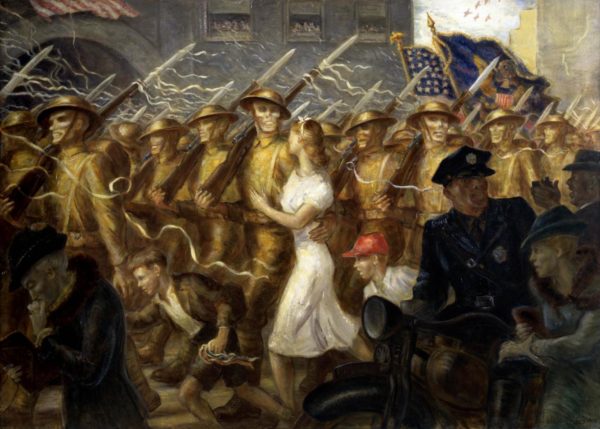



There are many pictures of the BVM with seven swords in her representing her seven sorrows. The Seven Sorrows (or Dolors) are events in her life.
The Prophecy of Simeon. (Luke 2:34–35)
The escape and Flight into Egypt. (Matthew 2:13)
The Loss of the Child Jesus in the Temple of Jerusalem. (Luke 2:43–45)
The Meeting of Mary and Jesus on the Via Dolorosa.
The Crucifixion of Jesus on Mount Calvary. (John 19:25)
The Piercing of the Side of Jesus with a spear, and His Descent from the Cross. (Matthew 27:57–59)
The Burial of Jesus by Joseph of Arimathea. (John 19:40–42)
It is a common practice for Catholics to say daily one Our Father and seven Hail Marys for each.
In the poem the sacrifice of the soldiers in war is likene to the crucifixion of Christ and the suffering of those in mourning is like the suffering of Mary.
The soldiers marching off to war are compared with Christ on his way to Calvary. Pickthall ‘s poem is a religiously inspired and sees the death of young men like the death of Jesus. It was the opposite to a pro-war poem where soldiers are going off to fight for God and glory.
What does the reference to ‘Seven swords. .’ come from in the last line of Marching Men ‘ by Pickthall?
Seven swords. Seven sorrows. I think it may refer to the seven sorrows of Mary in Catholic theology. Mary mourned for Jesus just as these far-off women mourn for the Christ-soldiers lost to the war. It brings to mind sacrifice, suffering and sorrow and connects the war to the death of Jesus.
Does that make sense to you?